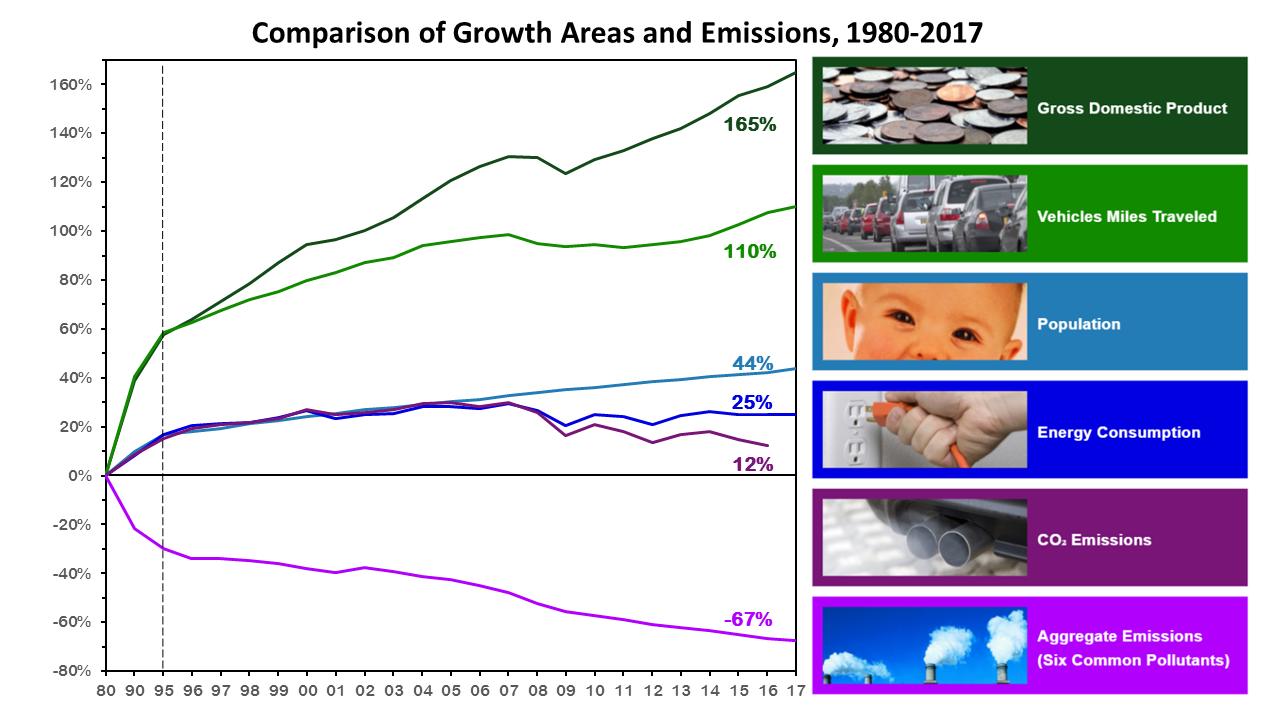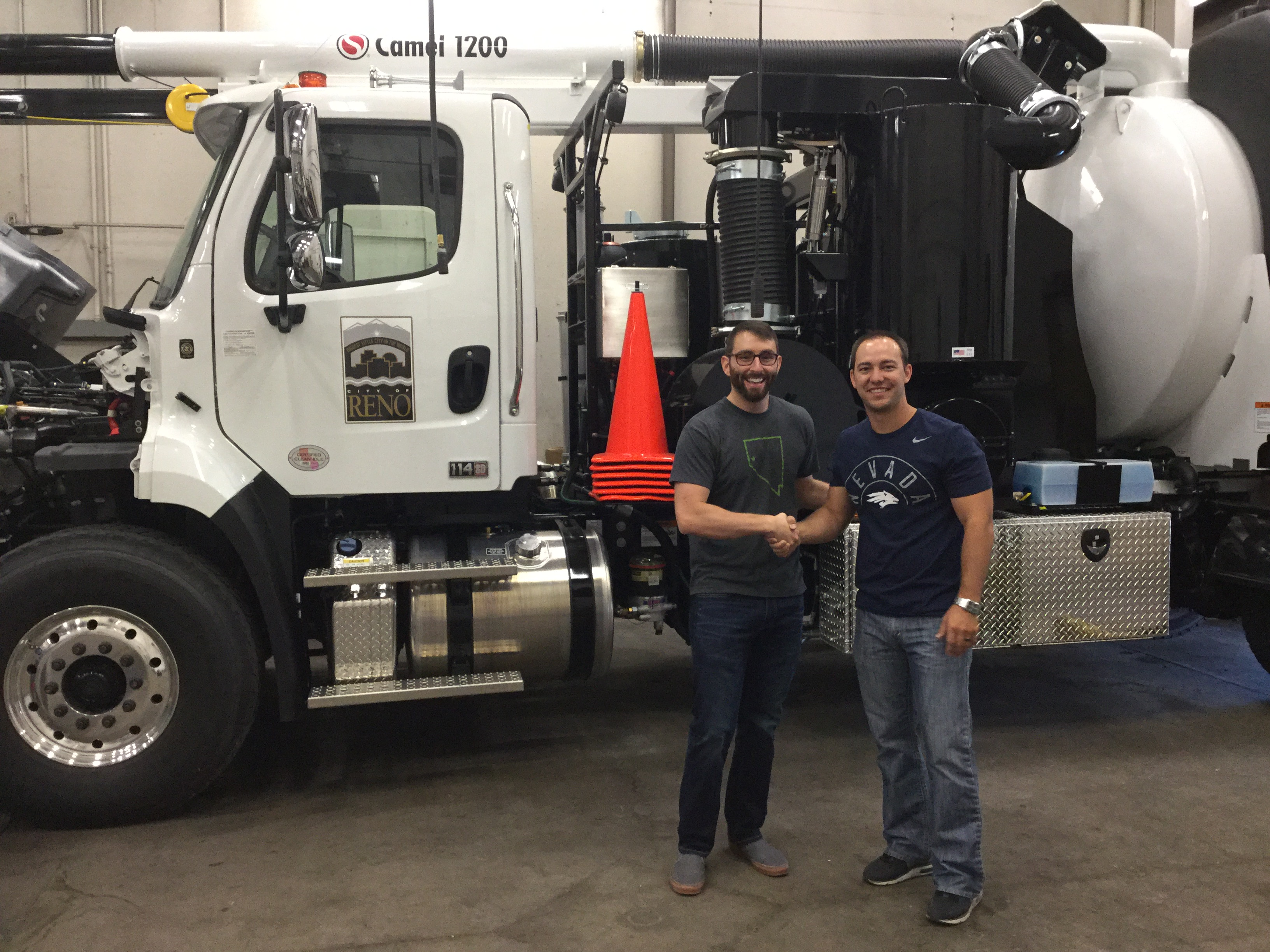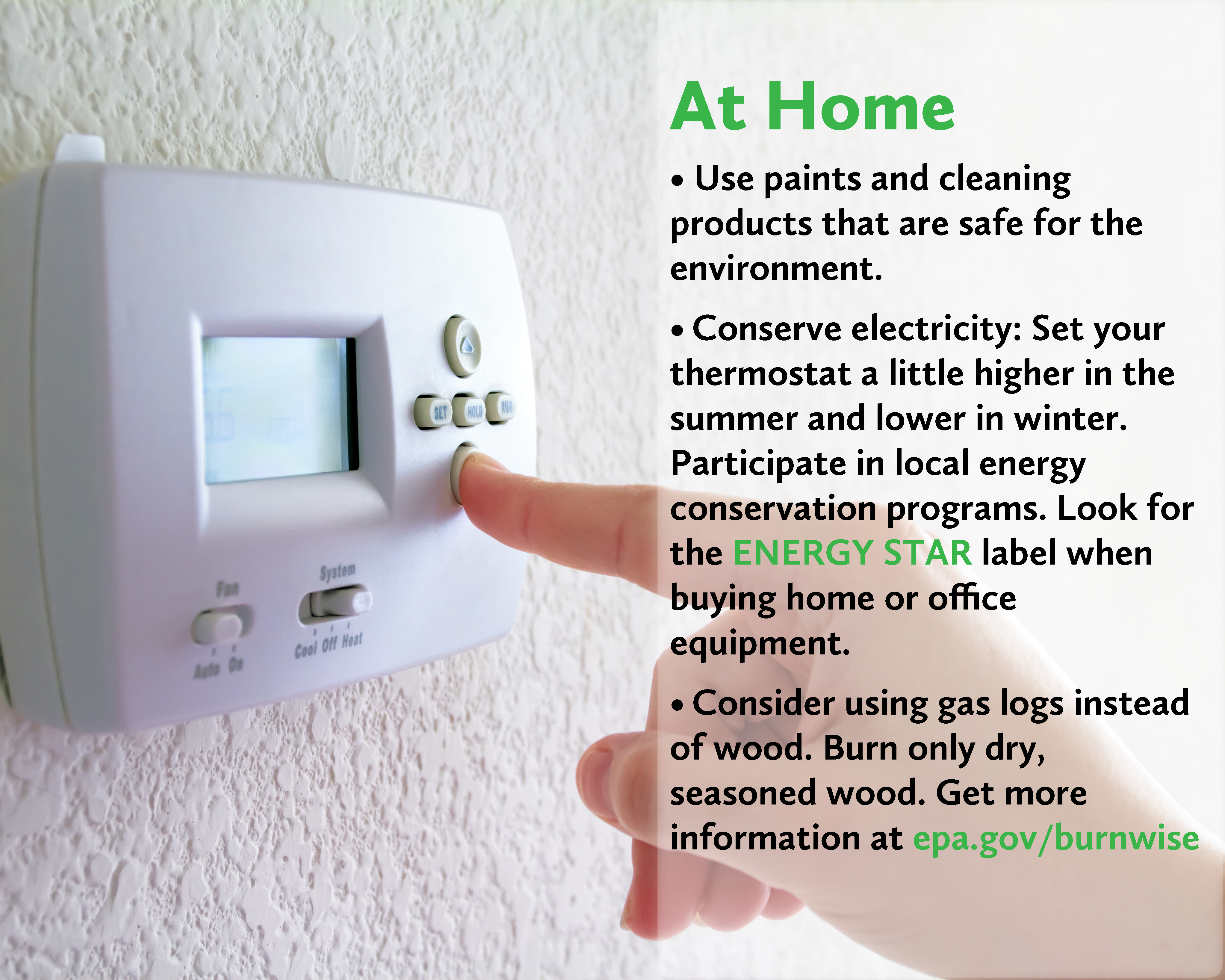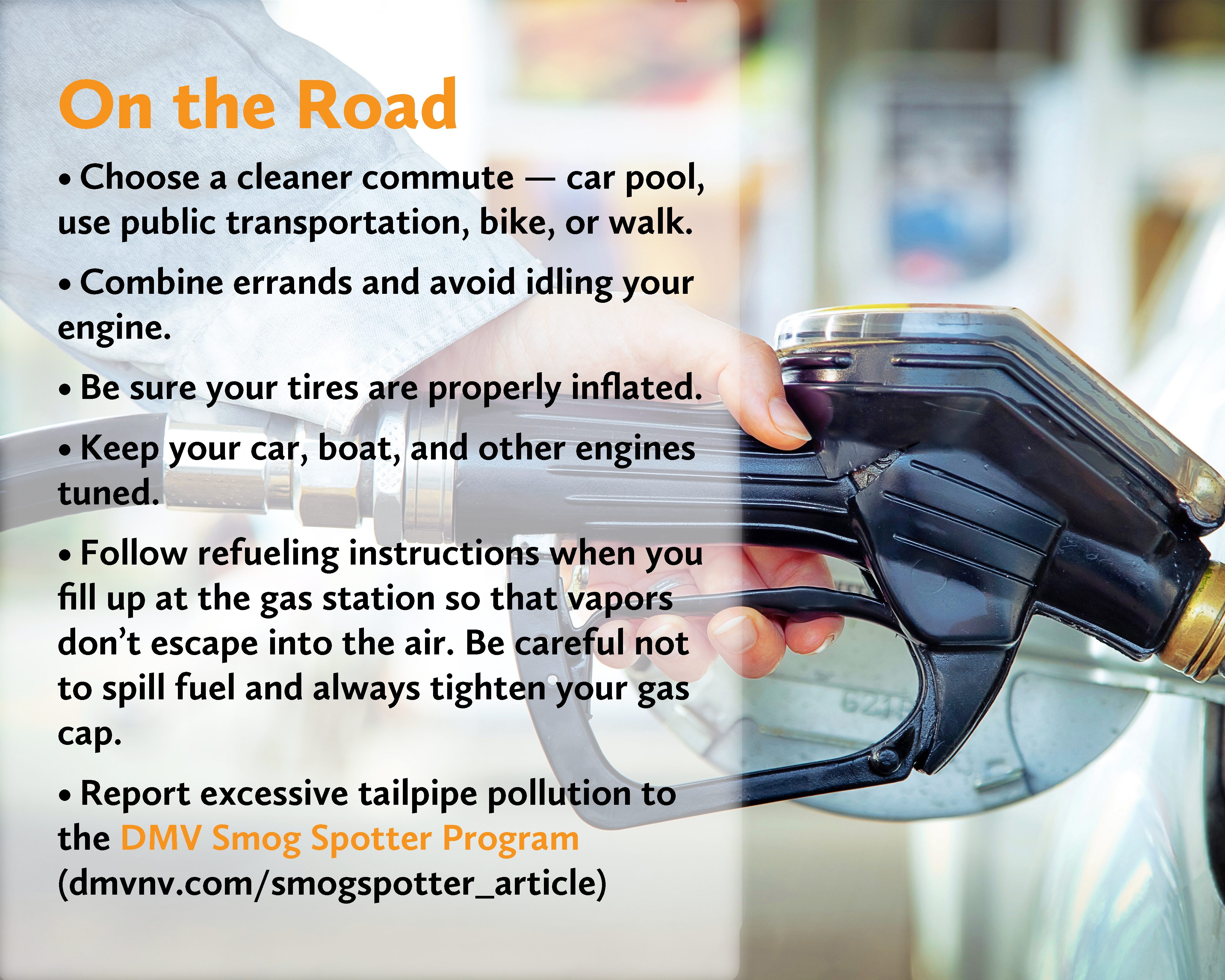Day 4: Air Quality & Your Community - Air Quality Awareness Week 2019

By all measures, air quality in the United States as a whole has improved dramatically over the past several decades. This is due in part to the Clean Air Act, other national and local initiatives, and advances in clean technology. It’s quite remarkable: there are more of us than ever before, and we’re using more energy and driving more miles — but we’re producing less pollution than decades ago.

It’s great news! We’ve managed to separate economic growth from increased air pollution. At least for many of us…
The reality is that clean air is not always enjoyed equally. Commonly, underserved, minority and low-income communities are exposed to the worst air, especially in cities. Emissions from diesel-powered vehicles — a leading source of pollution in cities — is one factor that intensifies this disparity.

Here at the Nevada Division of Environmental Protection (NDEP), we are working to mitigate the effects of these vehicles (Nevada Diesel Mitigation Fund and Nevada State Clean Diesel Program) by offering grants to municipalities, school districts, and private fleets to swap old, diesel vehicles with either cleaner vehicles or technologies that produce a fraction of the pollution.
By funding the repowering or replacement of diesel vehicles, NDEP is helping remove the most polluting vehicles from the road — permanently. That means less pollution, especially in the communities and neighborhoods that need it most.
What can you do to help reduce air pollution in your community?



 |
Our mission is to preserve and enhance the environment of the State in order to protect public health, sustain healthy ecosystems, and contribute to a vibrant economy.
|
